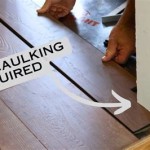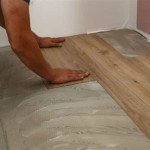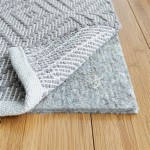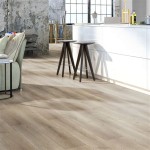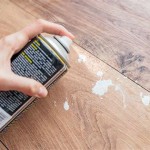Everything You Need to Know About Plywood Flooring Installation
Plywood flooring is a versatile and durable option for homeowners looking to add a touch of warmth and character to their living spaces. This type of flooring is made from multiple layers of thin wood veneers glued together under high pressure, resulting in a sturdy and stable material that can withstand heavy foot traffic and everyday wear and tear.
Benefits of Plywood Flooring
- Durability: Plywood flooring is known for its exceptional durability and resistance to dents, scratches, and impact.
- Stability: The layered construction of plywood provides superior stability, making it less susceptible to warping, bowing, or buckling due to changes in temperature or humidity.
- Versatile: Plywood flooring can be installed over a variety of subfloors, including concrete, wood, and radiant heat flooring systems.
- Cost-effective: Compared to other flooring options such as hardwood or laminate, plywood flooring is generally more affordable.
- Easy to install: Plywood flooring can be installed by experienced DIY enthusiasts or professional contractors alike.
Types of Plywood Flooring
There are two main types of plywood flooring available:
- Softwood plywood: Made from softwood species such as pine, fir, or spruce, softwood plywood is more affordable than hardwood plywood.
- Hardwood plywood: Made from hardwood species such as oak, maple, or birch, hardwood plywood is more durable and resistant to wear.
Installation Considerations
Before you start installing plywood flooring, it's important to consider the following factors:
- Subfloor preparation: The subfloor must be level, smooth, and dry before installing plywood flooring.
- Moisture barrier: A moisture barrier should be installed under the plywood flooring to prevent moisture from seeping through and damaging the subfloor.
- Expansion gap: An expansion gap should be left around the perimeter of the room to allow the plywood flooring to expand and contract with changes in temperature and humidity.
- Nail or screw size: The correct nail or screw size should be used to secure the plywood flooring to the subfloor.
Step-by-Step Installation Instructions
- Prepare the subfloor: Level and smooth the subfloor, and install a moisture barrier.
- Lay the plywood: Start by laying the plywood flooring in the corner of the room and work your way out, staggering the joints between the sheets.
- Secure the plywood: Nail or screw the plywood flooring to the subfloor using the appropriate fasteners.
- Sand the floor: Once the plywood flooring is securely installed, sand it to smooth out any rough edges or imperfections.
- Finish the floor: Apply a finish of your choice to the plywood flooring, such as a polyurethane or varnish.
Conclusion
Plywood flooring is an excellent choice for homeowners seeking a durable, stable, and cost-effective flooring option. By following these installation guidelines, you can achieve professional-looking results that will enhance the beauty and functionality of your home for years to come.

Apa Builder Tips Proper Handling And Installation Of Plywood Underlayment Form R340

Plywood Floors All You Need To Know Bob Vila
5 Wooden Subflooring Installation Mistakes You Must Avoid Kaltimber Timber Merchant Flooring

The Pros And Cons Of Plywood Floors A Erfly House

Plywood Flooring How To Install Floors Alternative Hardwood Part 1
.jpg?strip=all)
How To Install And Finish Plywood Flooring Ibuildit Ca

How To Install A Wood Subfloor Over Concrete Olde Ltd

Flooring Installation Ultimate Checklist Twenty Oak

The Pros And Cons Of Plywood Floors A Erfly House
How To Install A Plywood Subfloor
See Also
